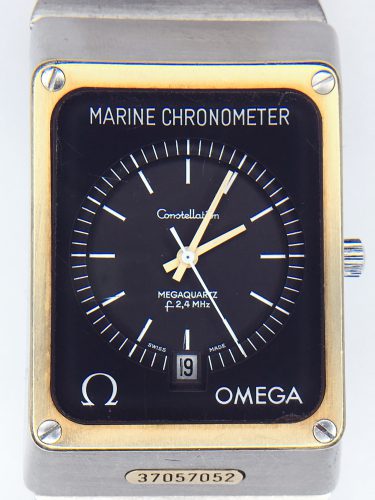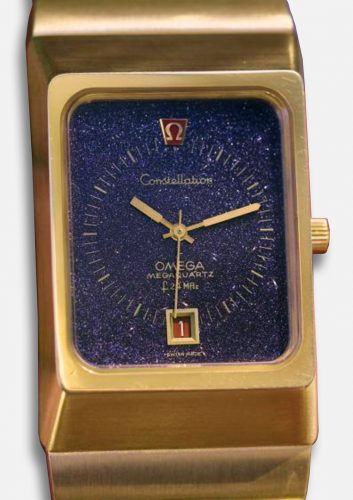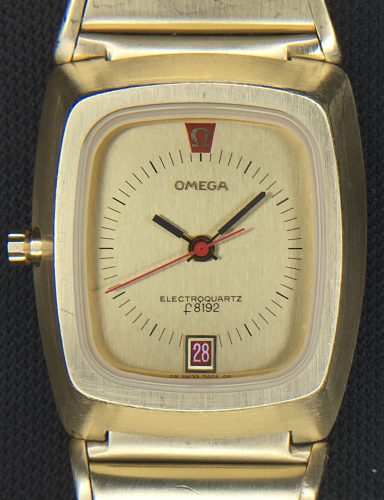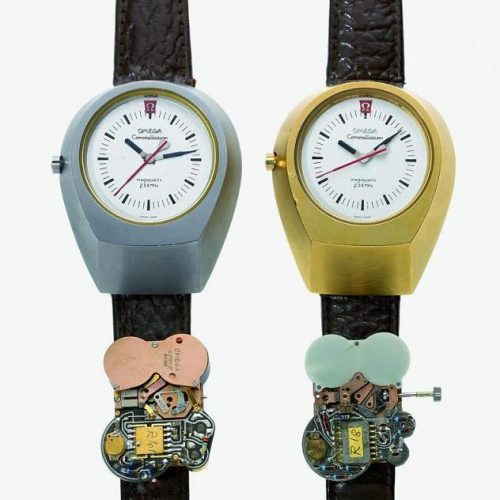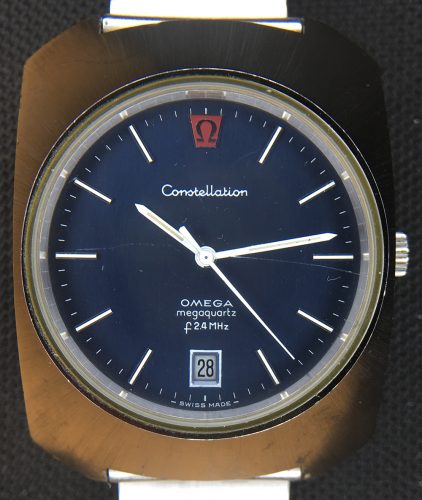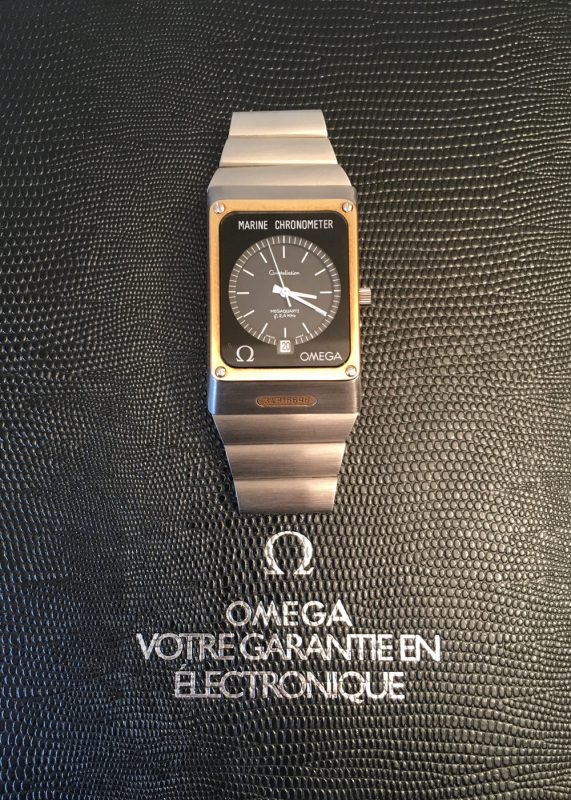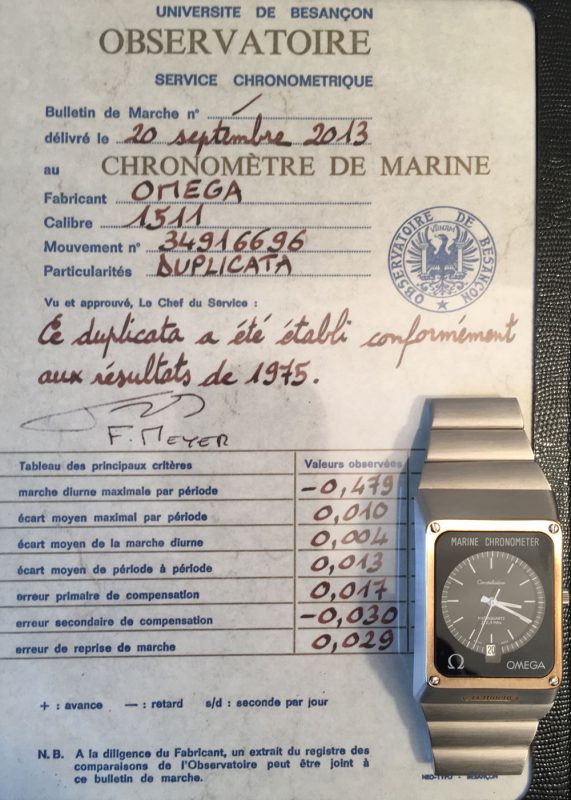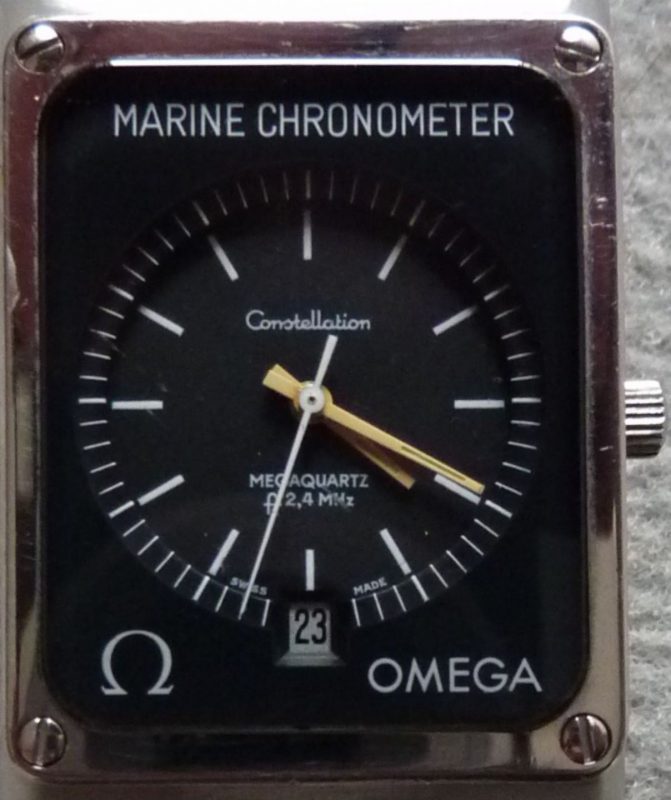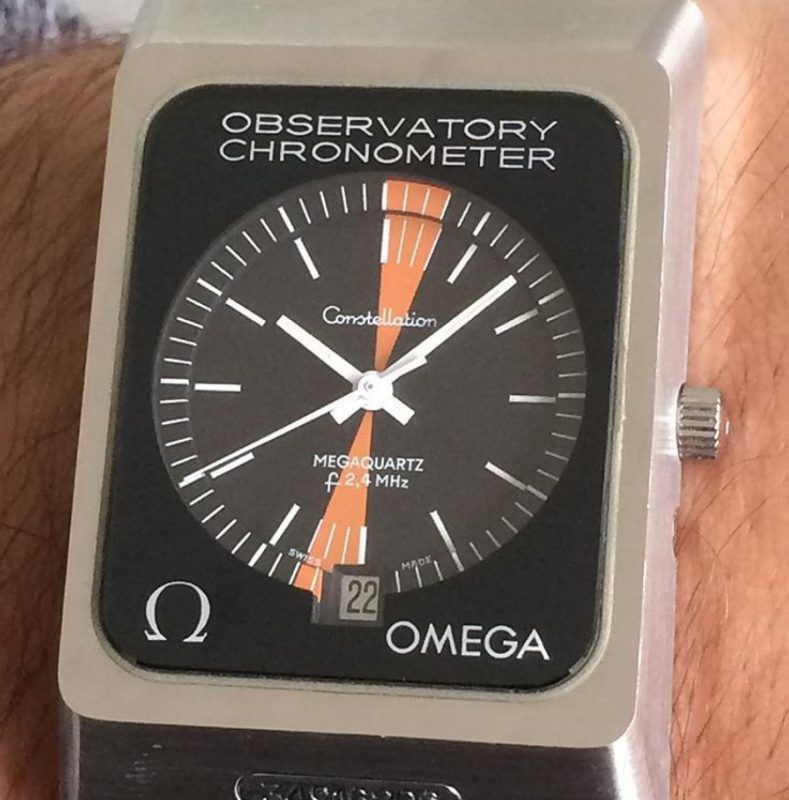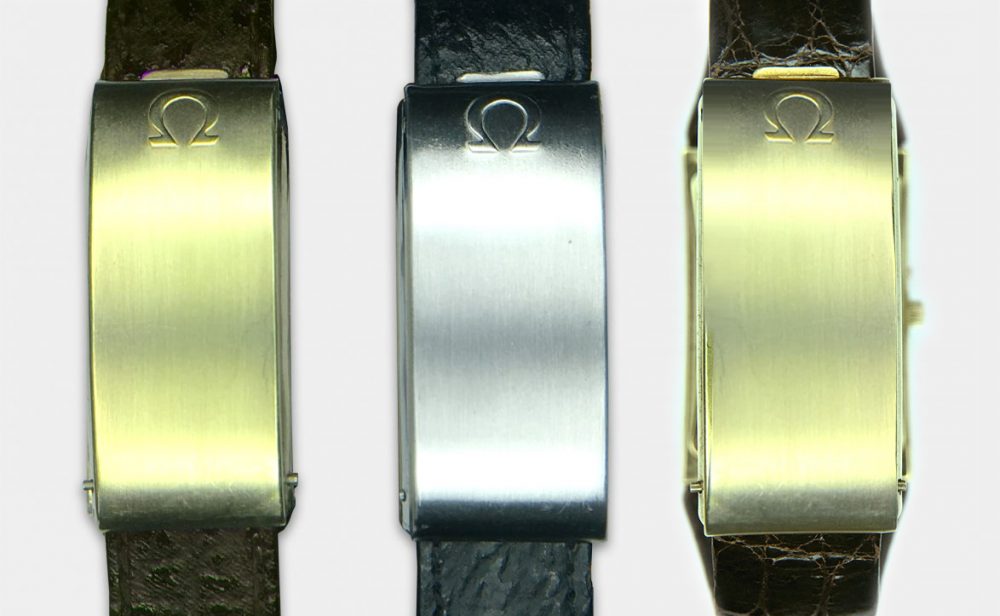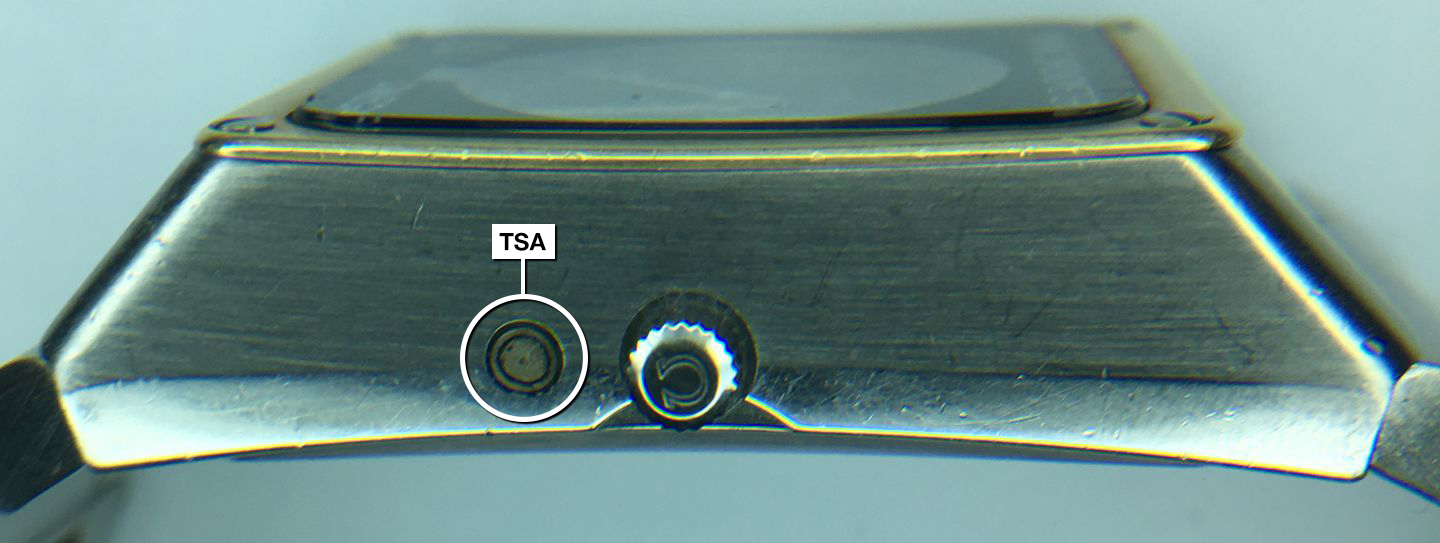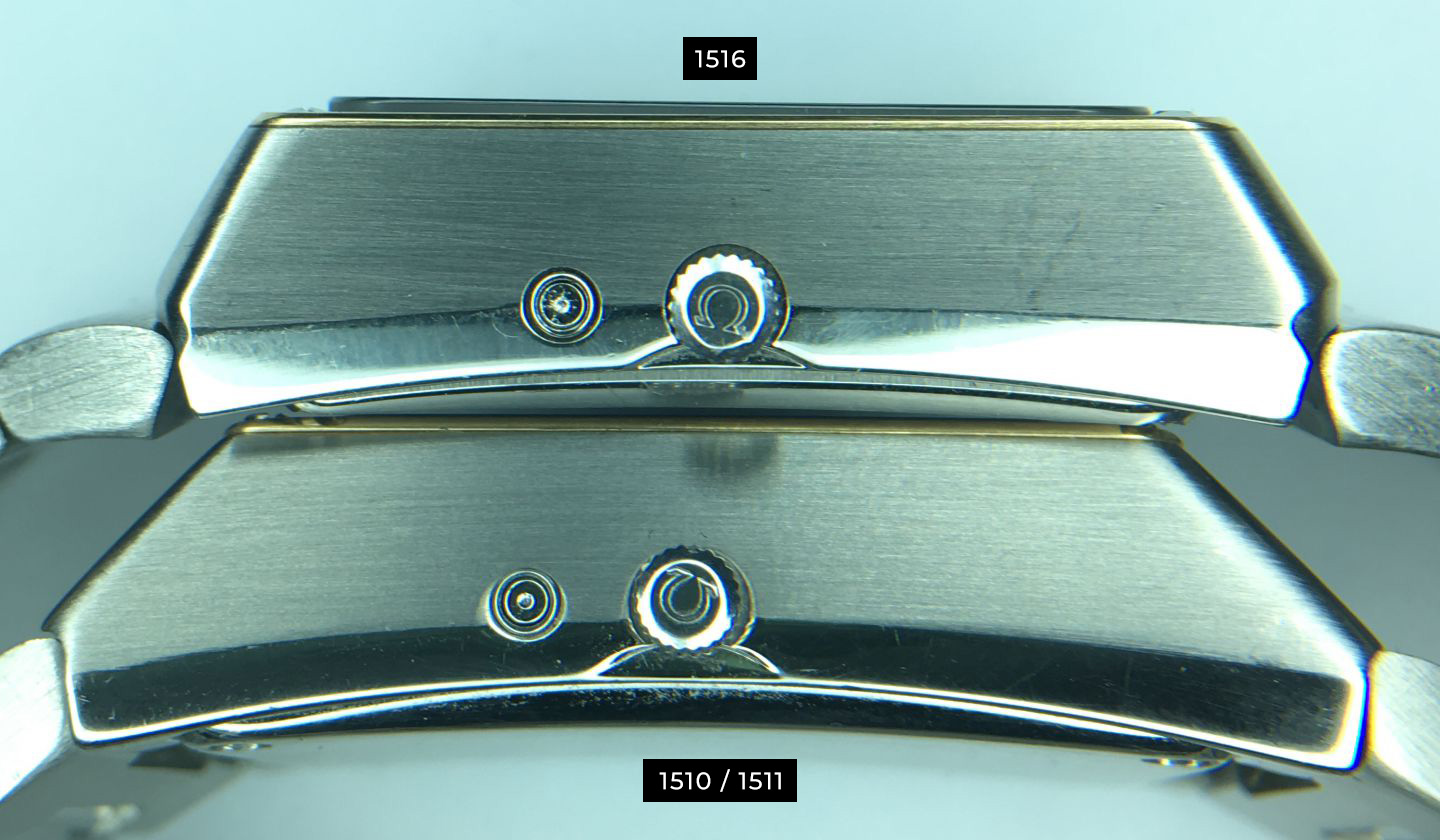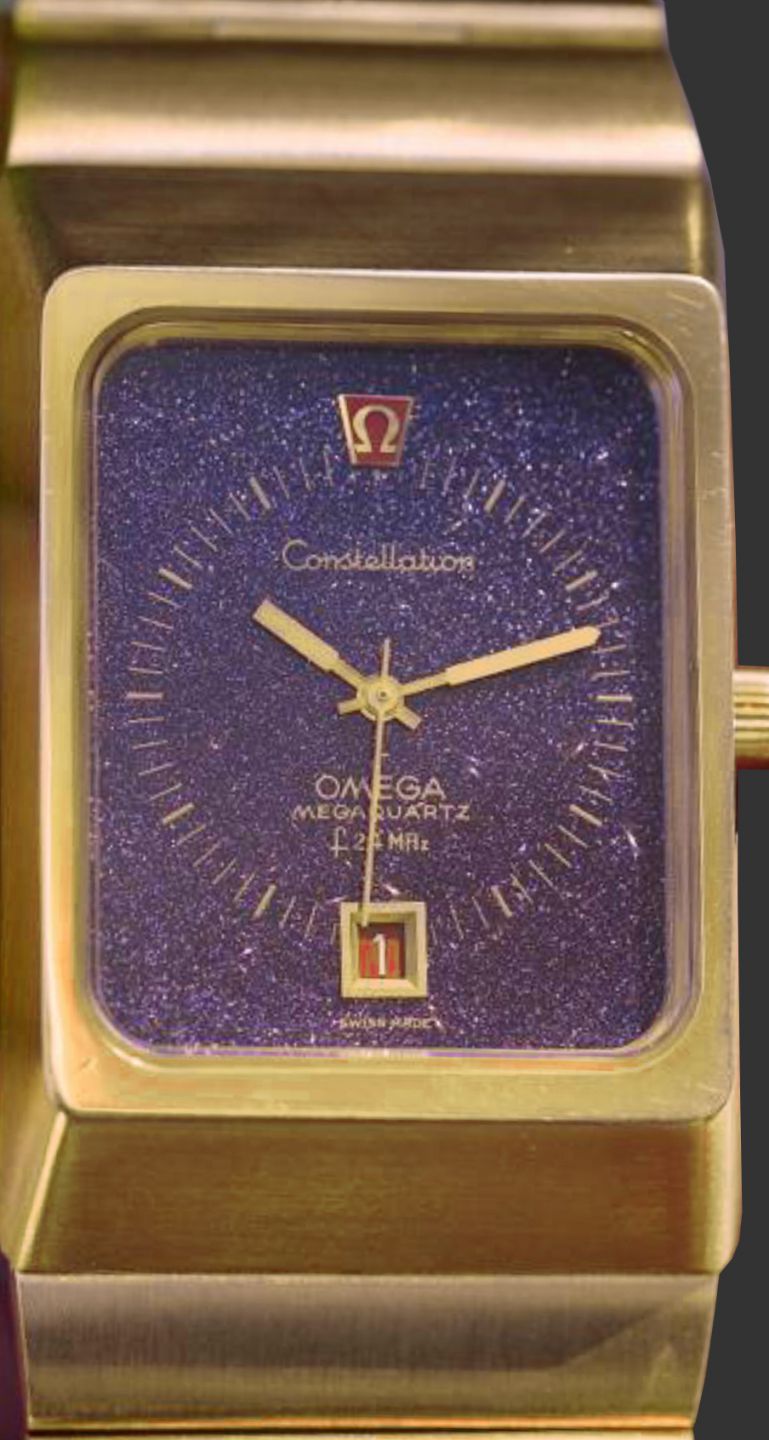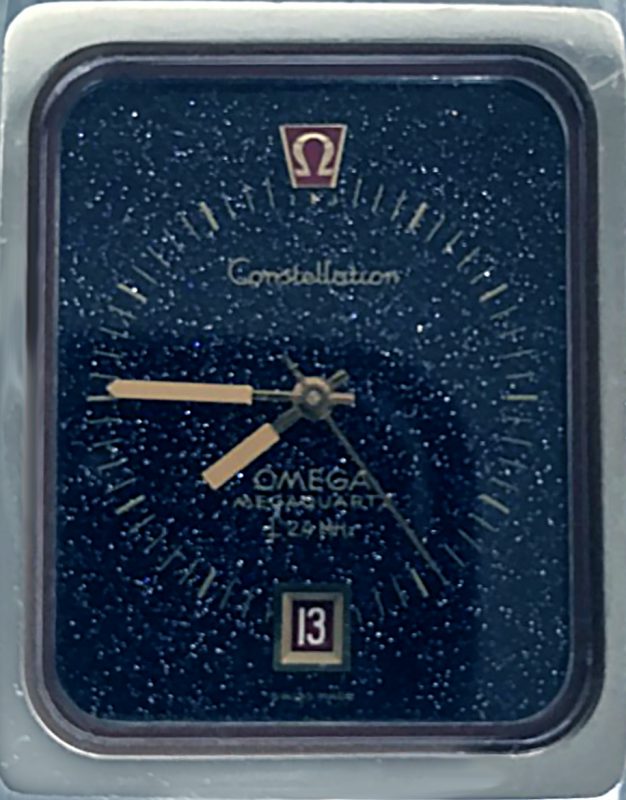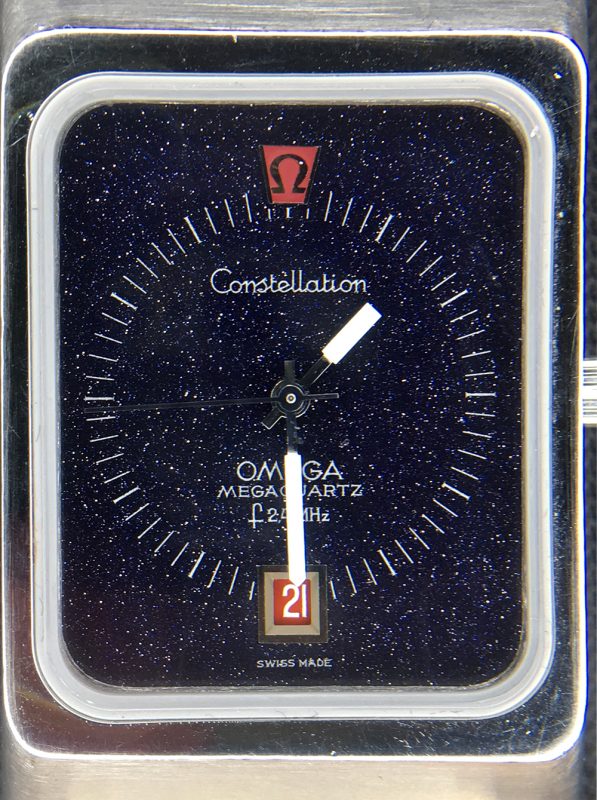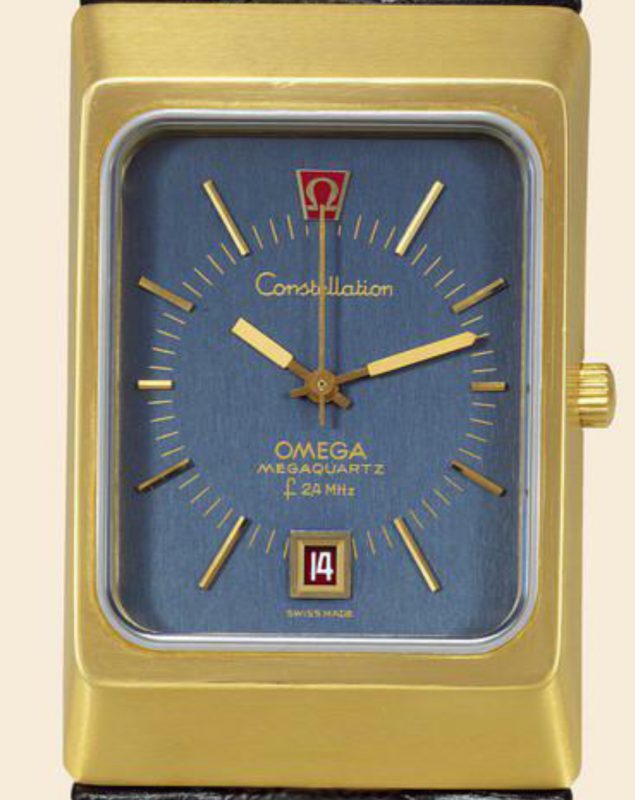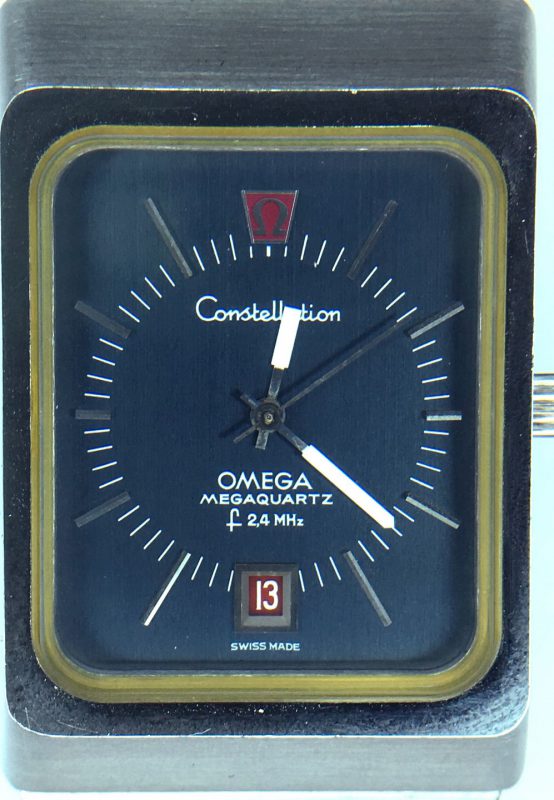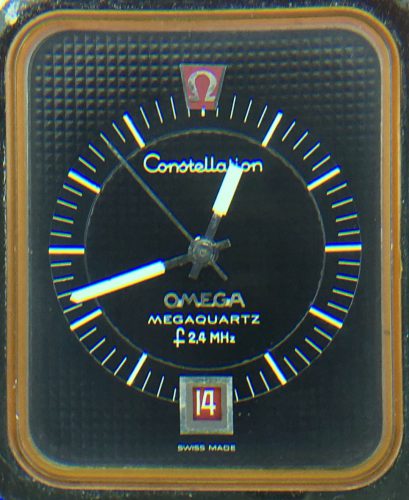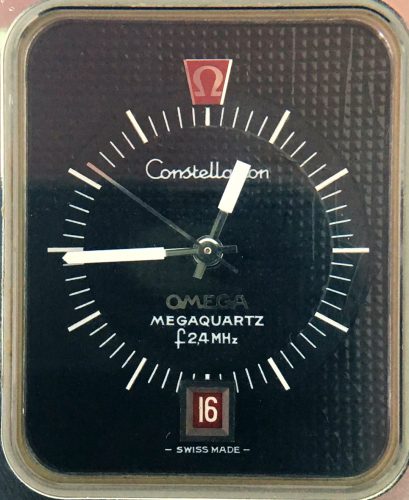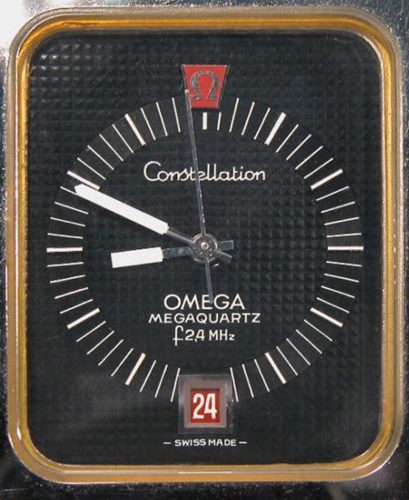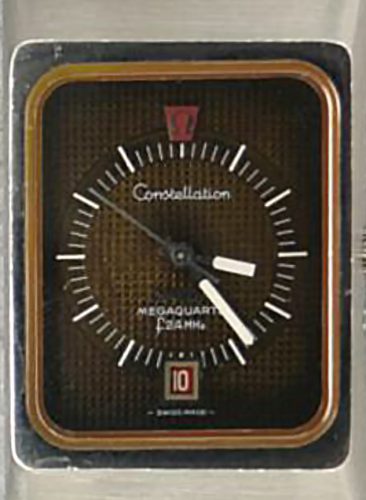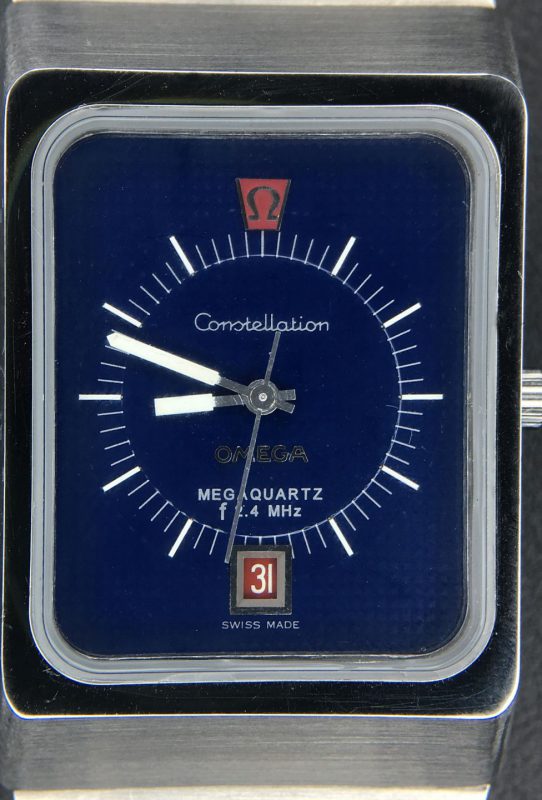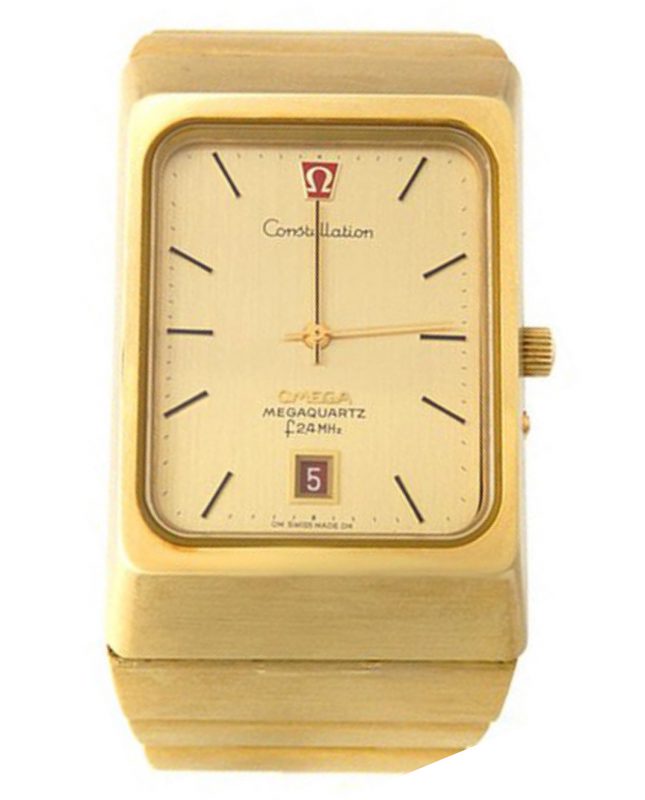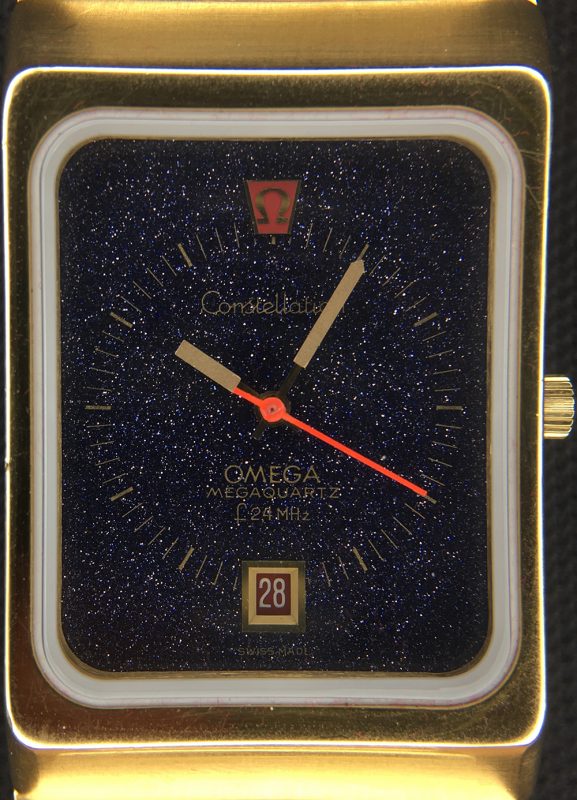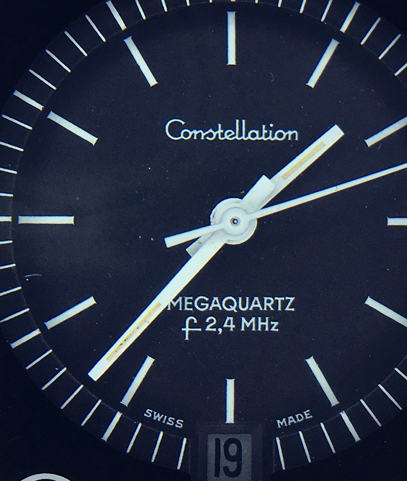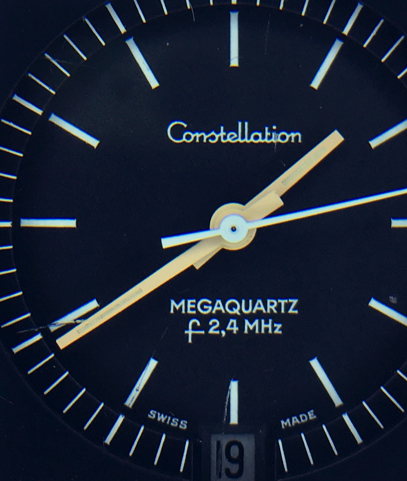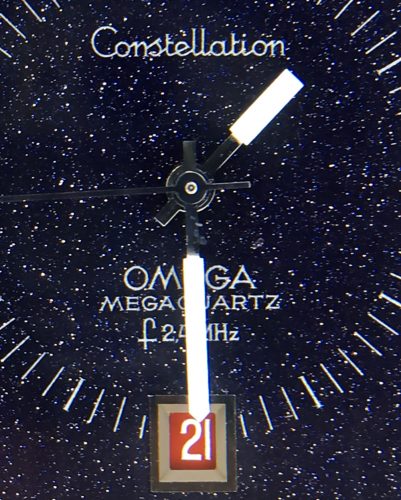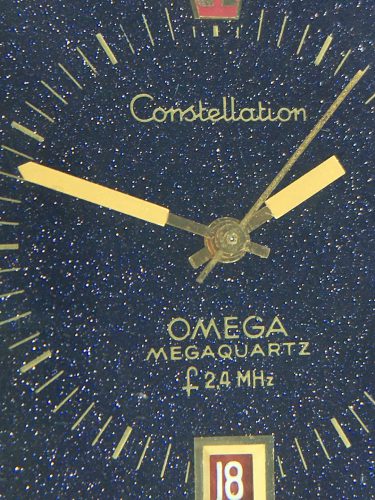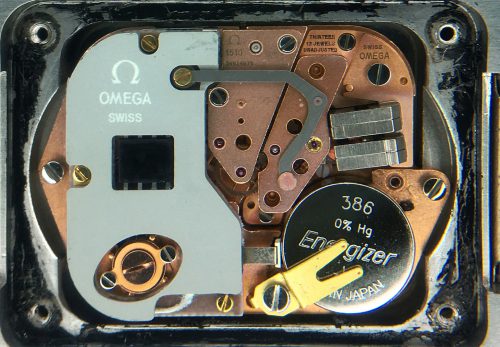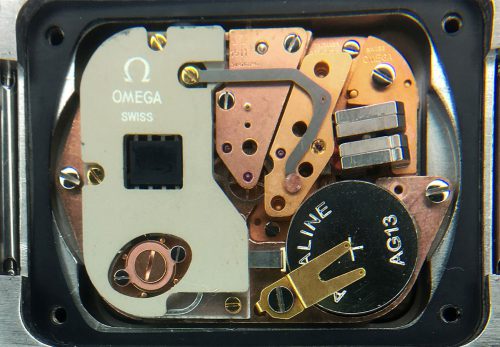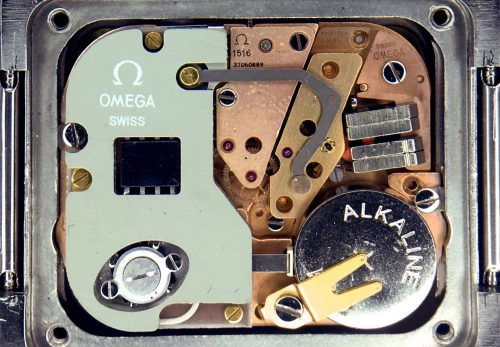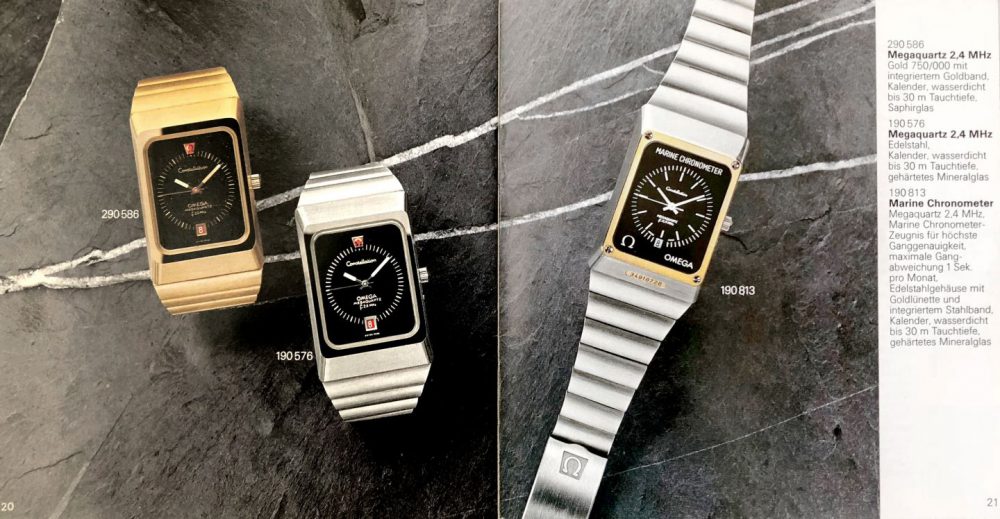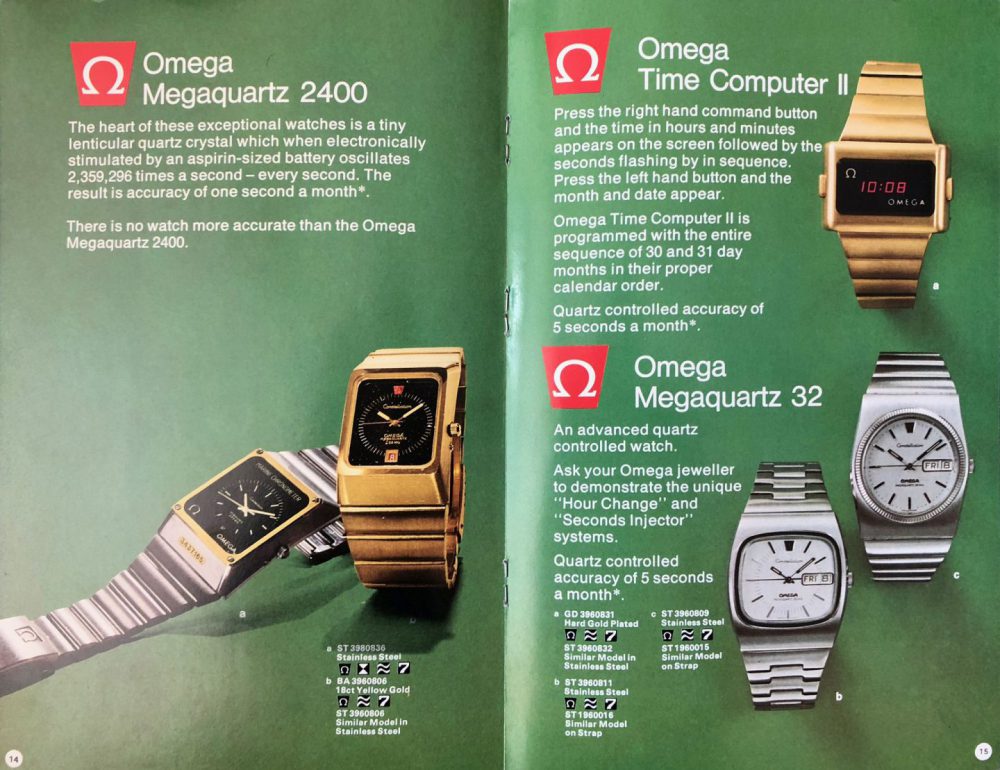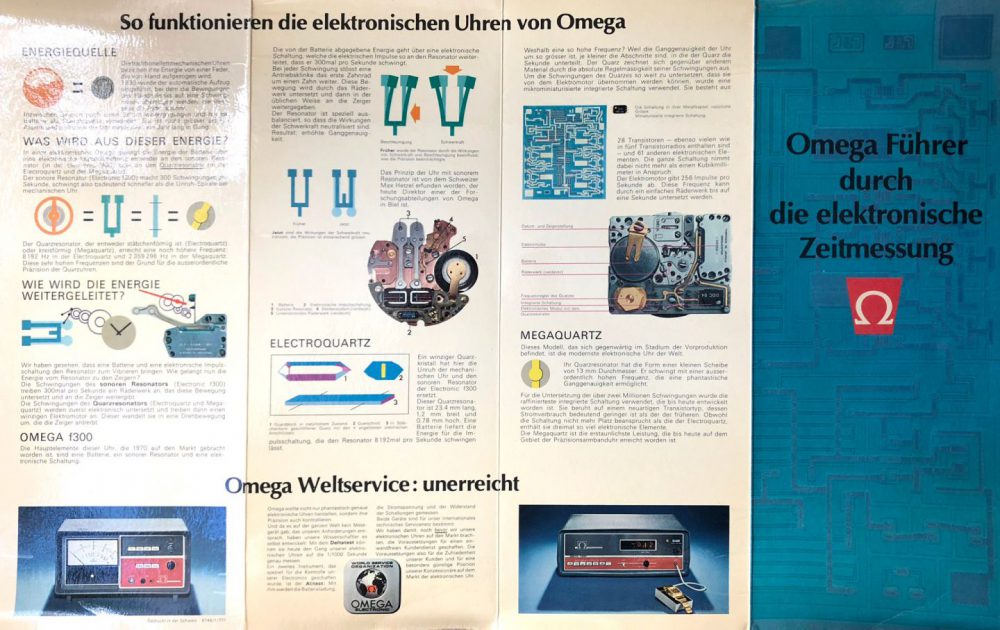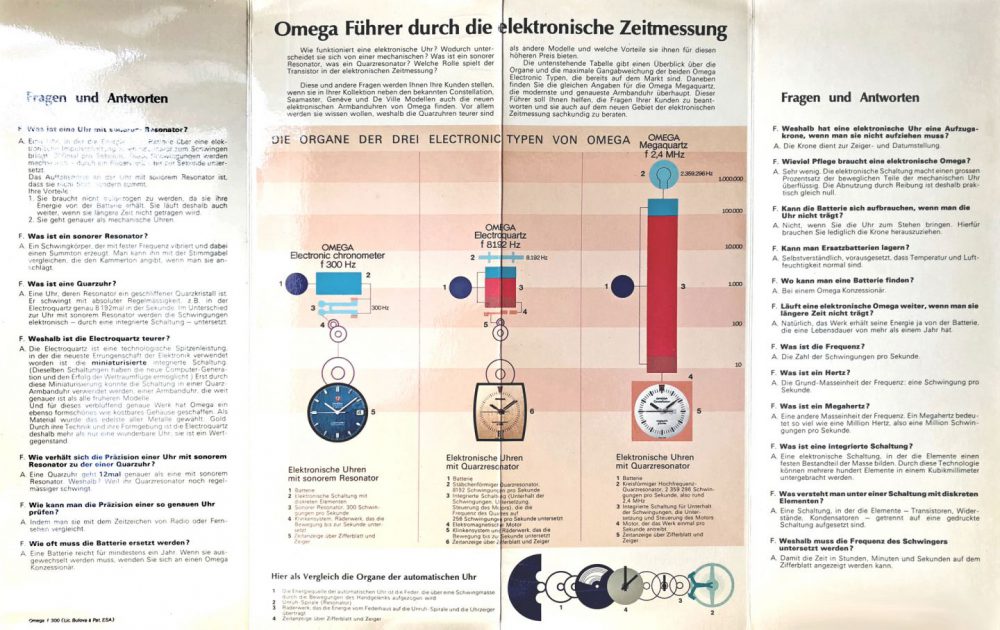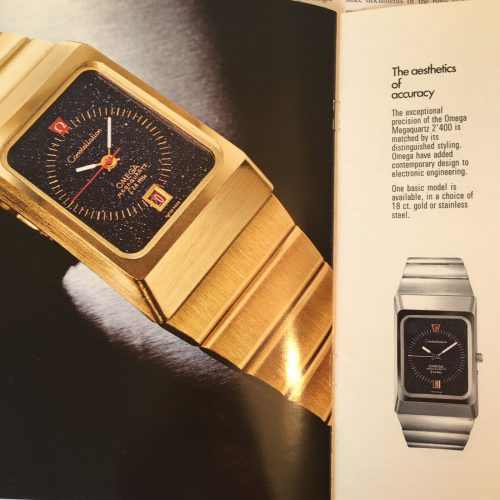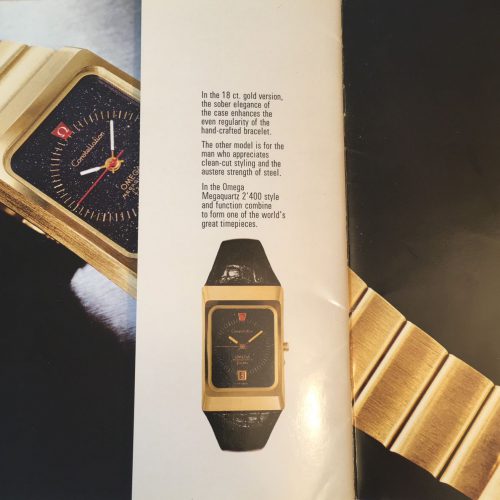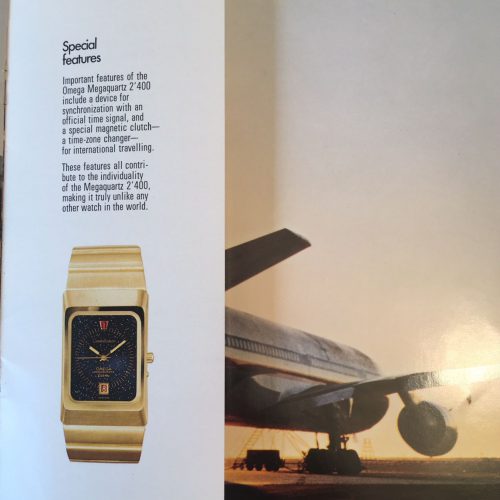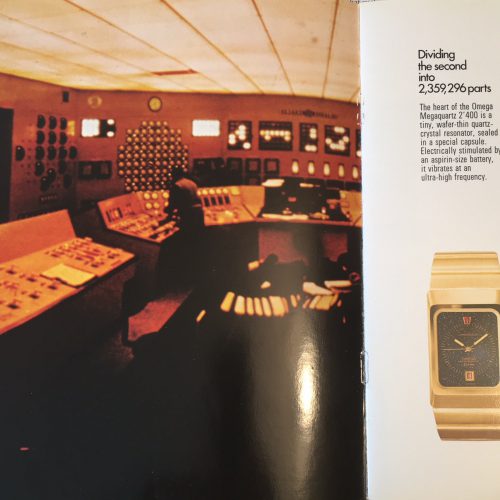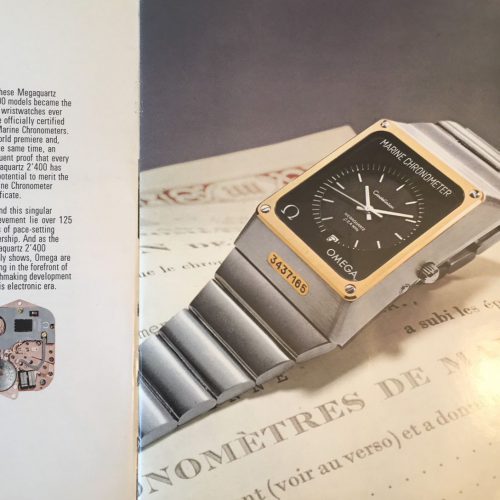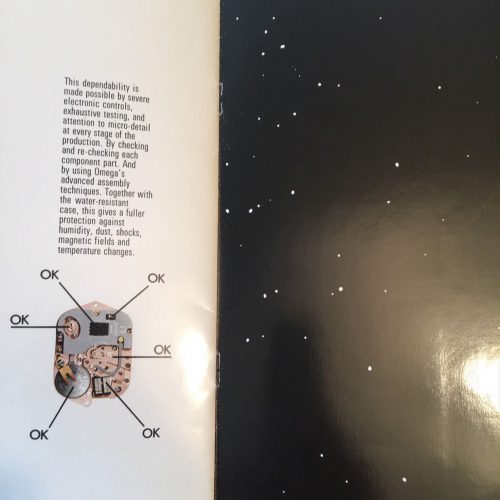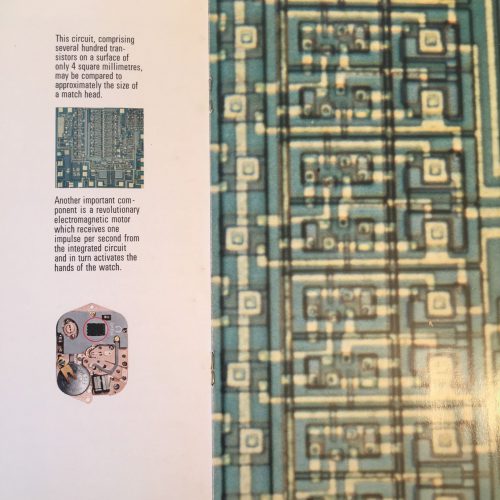Introduction
The purpose of this website is to assist the avid collector in appreciating what is still considered to be the most accurate non-thermocompensated wrist-watch in the world.
This was the 1500 calibre series watches generally known as the Omega Constellation Megaquartz 2400.
The 1500 calibre watches were seen in two variations – the 1510 f2.4MHz Constellation Megaquartz and the 1511-1516 Constellation Megaquartz Marine Chronometer.
It is generally accepted that the 1510 iteration had a claimed production run of approximately 1000 watches.
The combined 1511-1516 (ST 398.0836, ST 398.0832) Marine Chronometers totalled a claimed 9000 pieces approximately.
Because of the unique nature of this watch, it is not beset with the problems of replacement parts, service parts, fakes etc. In the 1500 calibre it can be seen with –
- 8 dial types
- 3 sets of minute and hour hands
- 2 straps
- 1 bracelet
- 2 bezels
- 2 cases
- 3 movements
It needs to be appreciated that the study of vintage watches is always the study of probability as today’s accurate production methods were not those used 40 years ago.
Additionally prior to the advent of the computers, record keeping was subject to its own idiosyncrasies and variabilities.
What the author has tried to do in establishing the true heritage of this watch, is to sift through many many hundreds of documents, archives, explanations, descriptions, commentaries, images, movement numbers and watches to come to what is effectively a consensus …..and thus this study should never be used dogmatically.

